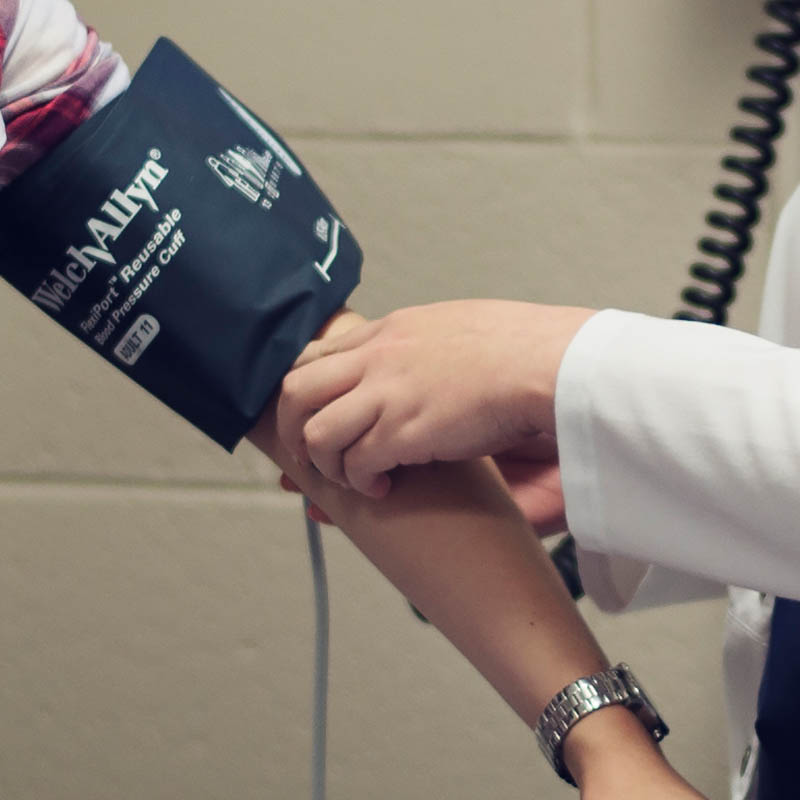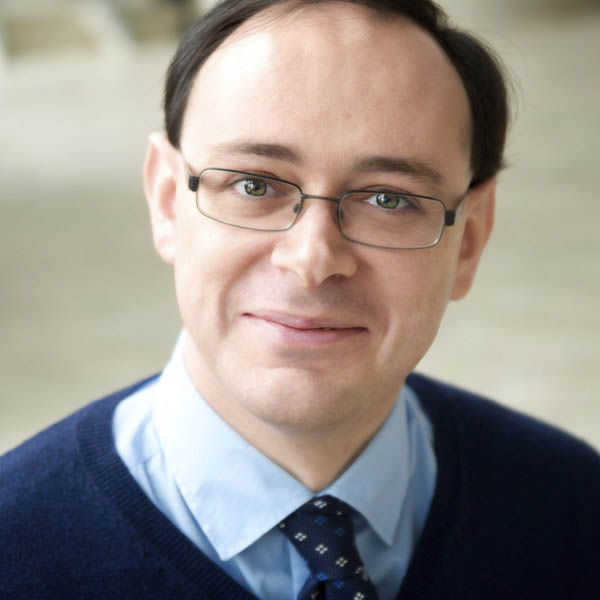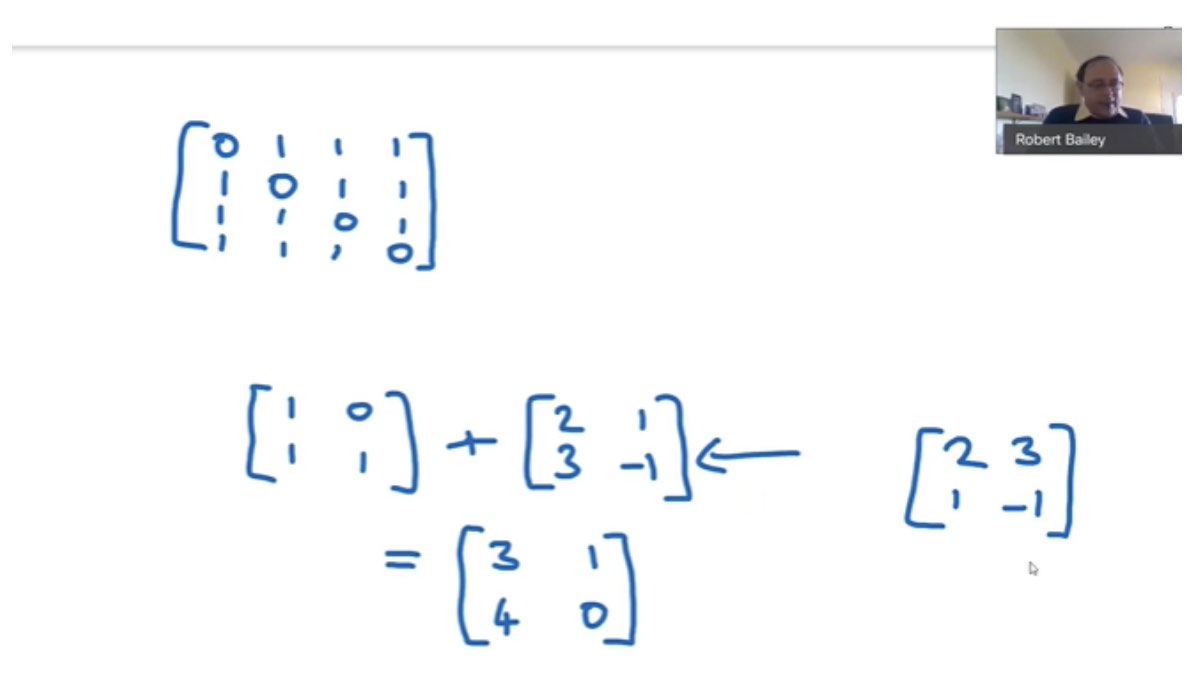Research Report: 2019
▼ Choose a report:

Powered by Research & Graduate Studies

Powered by Arts and Social Science

Powered by Fine Arts

Powered by Science and the Environment


Robert Bailey
To Robert Bailey, the key ingredient to problem solving is collaboration.
The associate professor of mathematics and chair of Grenfell Campus’s general science program explained that sharing ideas and concepts with other researchers is what makes a project successful.
Dr. Bailey, who holds an NSERC Discovery Grant, referenced two collaborations that resulted in publications in 2019 – one with a colleague at the University of Manitoba (1), the other with a mathematician at the University of Cadiz in Spain (2):
Dr. Bailey’s research interests fall into three broad areas that are actually linked:
He has also worked on topics including coding theory, hypergraphs, matroids, enumeration and combinatorial matrix theory.
The collaboration with Dr. Robert Craigen of the University of Manitoba arose from a problem Dr. Bailey tried to solve unsuccessfully while a post-doctoral researcher at the University of Regina several years ago.
"We had a research group that included faculty, post docs and graduate students which would meet once a week to work on a particular research project and this arose in the course of one of those projects," he said, adding that the problem had to do with linear algebra.
When Dr. Bailey went to a conference on linear algebra at the University of Manitoba in Winnipeg, part of his intention was to see if he could talk informally with other participants to see if any of them could offer insights on where he was "stuck."
The result was a conversation with Dr. Craigen – and the rest is history.
"There was some back and forth communication and eventually this turned into a manuscript which was submitted for publication," he said. "It's what mathematics is all about – it's about problem solving. Here's a question, does anyone know the answer? Or can we find the answer if they don't?"

A math lesson with Dr. Robert Bailey
The second paper – a collaboration with Dr. Ismael Gonzalez Yero, of the University of Cadiz, Spain – resulted from a conversation at a graph theory conference in Italy.
"He recognized my name from having seen some of my papers and we got talking and he started telling me about this notion that he’d worked with recently," said Dr. Bailey.
Dr. Bailey realized that this notion, from the mathematical field of graph theory, could be applied to coding theory. This addresses accuracy in digital communications, such as when people's voices are encoded to be transmitted through electronic platforms.
"Every time you do that, there's a possibility that errors can creep in during the transmission," said Dr. Bailey. "Coding theory is a branch of mathematics, which is at the intersection of mathematics and computer science and electrical engineering."
Most recently, a pandemic-related delay in a conference he’d hoped to attend meant that he is missing out on opportunities for collaboration.
"This is how research projects like these, collaborative research projects, arise," said Dr. Bailey. "It's the opportunity to interact with other participants in informal settings."